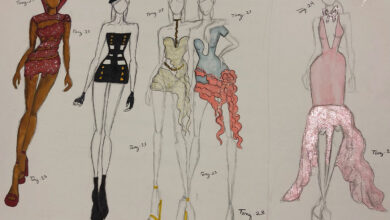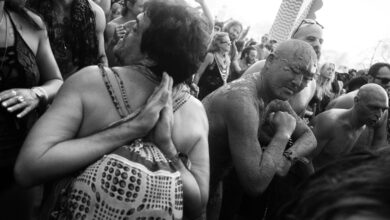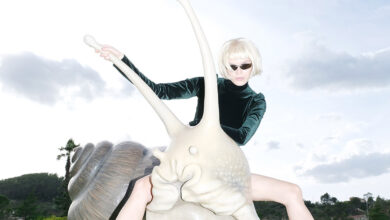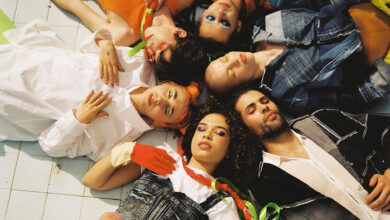A new exhibition at Moscow’s State Museum of Oriental Art looks at Russian emigration in China.
Text by Anna Battista
Located in Nikitsky Boulevard, in the pale yellow building known as “Lunin House” designed in the traditions of Russian classicism under the guidance of Italo-Swiss architect Domenico Gilardi (who was inspired in his work by Luigi Cagnola and Giovanni Antonio Antolini’s Milanese imperial classicism), Moscow’s State Museum of Oriental Art houses several permanent exhibitions that include exclusive pieces from unique collections.
A new exhibition entitled “Russian China” and dedicated to Russian emigration in Asia recently opened at the museum. The history of Russian émigrés is a very lengthy and complex subject, but the vicissitudes of Russian immigrants escaping their home country amidst the Revolution and Civil War to move to China, are a chapter on their own.
This is the main reason why the curators opted for a visual approach to the topic, trying to tackle the problems associated with the life of the Russian émigrés via artifacts, objects – including wood carvings, fans and vases – photographs, illustrations, costumes and accessories.
Official Russian contacts with China started in the early 17th century, though this exhibition mainly focuses on the 1920s-30s and features pieces selected from the collection of Dmitry Melnikov who moved to China in the 19th century, worked in the Russian tea company, and returned to Russia shortly before his death in 1949, and costumes from the collection of Russian-born French Historian of Fashion and Costume Designer Alexandre Vassiliev.
Emigrants setting down in China – among the most famous ones there were artist, poet and cabaret performer Alexander Vertinsky, jazz composer and conductor Oleg Lundstrem and painter Nicholas Roerich – mainly moved to Harbin, Shanghai, Tianjin, and Wuhan and sometimes they worked as writers and journalists.
Their works reflected the problems of the Russian diaspora, but they also helped spreading a sort of taste for Chinese art, clothing and decoration.
One of the highlights of the exhibition is definitely the Art Deco room with several evening dresses from the collection of the private secretary of Admiral Kolchak, Lyudmila Vasilyeva, and of poet and dancer Larissa Andersen.
Other objects on display are dresses and kimonos made in Harbin in 1920s-30s – including a lame dress with a poppy and ears of corn motive from 1932-34 and a dress with Egyptian motifs from the Kalveran fashion house – as well as “Chinoiserie” numbers by British and French designers of the time.
This room actually tackles pretty well Deco’s fascination with China and its attraction to the exotic in its iconography, materials and palette. The most important thing about these dresses is that they provide a picture of life since the wardrobes of different ladies are represented, from wealthy women in fur coats and beautiful kimonos, to female employees of the Chinese Eastern Railway and the daughters of tea merchants.
One dress made by Russian costumier Brizak with an embroidered motif of swallows is particularly symbolic since it merges the boundaries, representing a tribute to the East while still looking very European and, in particular, very French.
While there are books addressing the subject of this exhibition, not many of them focus on this specific period of tine and not many of them are translated into European languages this is why this exhibition is a good introduction to the cultural traditions, art and work of Russian emigrants in China.
A visit to the rest of the museum collections is also worth since the permanent exhibitions allow visitors to take in the beauty and richness of Asian culture through Persian carpets, Iranian ceramics, Indian jewellery, Japanese prints and drawings, sculptures, paintings, arts and crafts from Transcaucasia, Buryatia, Kazakhstan and Chukotka, China, Japan, Vietnam, Cambodia, Laos, Burma, Indonesia and Thailand.
“Russian China” is at the State Museum of Oriental Art, Moscow, Russia, until 2nd January 2012.

















